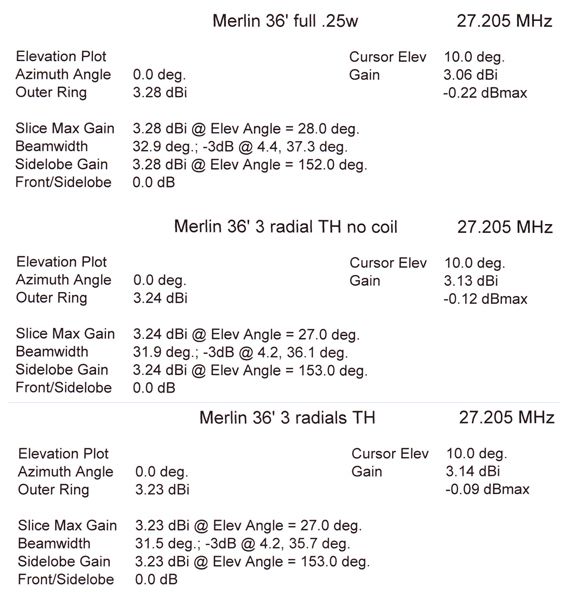That's fine Homer. No discussion is worthwhile unless all of the reasonable points of view presented are considered.
I did this project in batches trying to make each small enough to post on CT's Website, but that still didn't work over there. Most images were still too large.
I just duplicated that work over here, and I see now that can still make for some confusion. Believe me, I sometimes get confused with all these reports too. The problem here is I did not fix all models with individual captions to describe this project. I used hand written notes to try and better explain.
The 36' feet note in the captions indicates the height of the mast to the hub.
I think you are referring to my post #14 where I posted three pdf files and file 2 and 3 have two models in each. Check it again, and consider the 2nd model in these files 2 and 3 where I added some notes...instead of the first model that you refer to here.
Let me know if this just makes matters worse.
I did this project in batches trying to make each small enough to post on CT's Website, but that still didn't work over there. Most images were still too large.
I just duplicated that work over here, and I see now that can still make for some confusion. Believe me, I sometimes get confused with all these reports too. The problem here is I did not fix all models with individual captions to describe this project. I used hand written notes to try and better explain.
The 36' feet note in the captions indicates the height of the mast to the hub.
I think you are referring to my post #14 where I posted three pdf files and file 2 and 3 have two models in each. Check it again, and consider the 2nd model in these files 2 and 3 where I added some notes...instead of the first model that you refer to here.
Let me know if this just makes matters worse.


